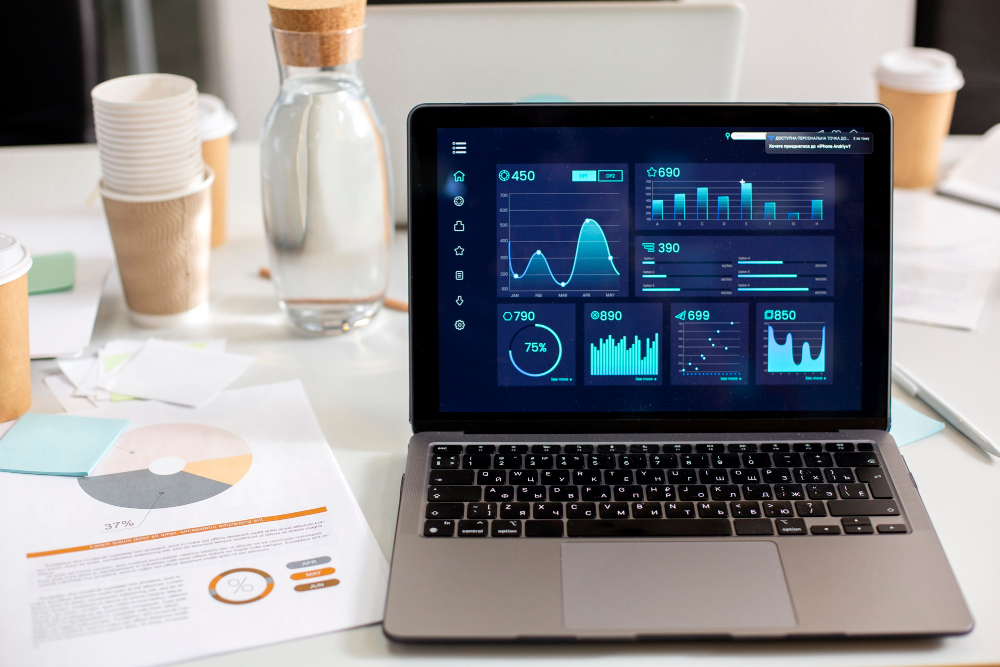
In today’s data-driven world, businesses and organizations generate massive amounts of data every day. To make sense of these large datasets, data analysts and scientists use a variety of tools and techniques to extract valuable insights.
Understanding the Need for Data Analytics Tools
As the volume of data continues to grow exponentially, manual analysis becomes impractical. Data analytics tools automate the process, making it easier to identify patterns, trends, and relationships within the data. These tools also enable faster and more accurate decision-making, ultimately driving business growth and innovation.
Choosing the Right Data Analytics Tool
Selecting the appropriate data analytics tool depends on your specific needs, data size, and available resources. Some popular options include Python, R, Apache Spark, and commercial tools like Tableau and Power BI. Familiarize yourself with the features, capabilities, and requirements of each tool before making a decision.
Data Preparation and Cleaning
Before diving into analysis, it’s crucial to ensure your dataset is clean and properly formatted. This step involves removing duplicates, handling missing values, and transforming data into a suitable format for analysis. Tools like Apache Nifi, Trifacta, and OpenRefine can assist with these tasks.
Data Exploration and Visualization
Exploratory data analysis (EDA) helps you gain a deeper understanding of your dataset. Data visualization tools like Matplotlib, Seaborn, and Plotly in Python, or ggplot2 in R, enable you to create interactive and informative visualizations. These graphics make it easier to identify trends, correlations, and outliers in your data.
Statistical Analysis and Modeling
Once you’ve gained insights from EDA, perform statistical analysis and modeling to uncover hidden patterns and relationships. Tools like Scikit-learn, TensorFlow, and KNIME offer a wide range of algorithms for regression, clustering, classification, and more.
Machine Learning and Artificial Intelligence
Incorporate machine learning (ML) and artificial intelligence (AI) techniques to automate decision-making and predict future outcomes. Platforms like Azure ML, Google AI Platform, and AWS SageMaker provide end-to-end ML solutions for various industries.
Collaboration and Sharing Insights
Effective collaboration is essential when working with large datasets. Tools like Jupyter Notebooks, Google Colab, and RStudio allow you to share your work, documentation, and results with team members or clients.
Data Security and Governance
Ensure your data analytics process adheres to security and compliance standards. Implement measures like access control, encryption, and data lineage tracking to protect sensitive information and maintain regulatory compliance.
Continuous Learning and Improvement
Stay updated with the latest advancements in data analytics tools and techniques. Attend workshops, webinars, and conferences to expand your knowledge and improve your skills.
Case Studies and Success Stories
Explore real-world examples of how organizations have leveraged data analytics tools to drive innovation and growth. These case studies can provide valuable insights and inspiration for your own data analysis projects.